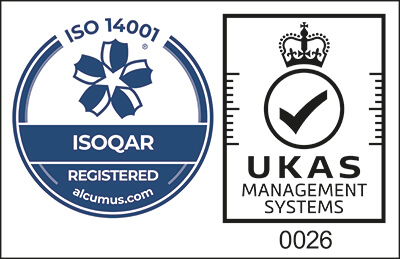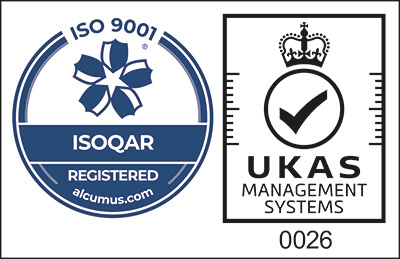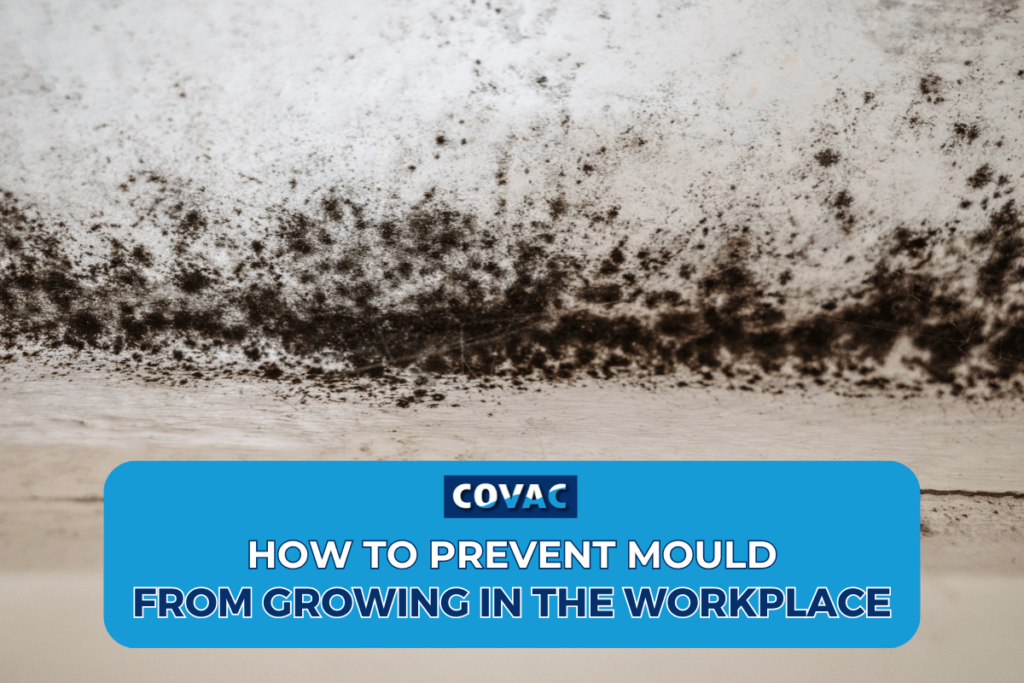
Learning how to prevent mould in your workplace is important for protecting your employees, your assets and your building from irreversible damage.
In this article, we’ll discuss how to prevent mould, the different measures you can use, as well as how to stop mould. We will also explain why preventing mould is essential and ways of identifying mould types that may be found in your workplace.
What is mould?
Mould is a type of fungi that forms on decomposing matter in excessively moist spaces. There is no quick fix when it comes to mould and it could take several months to reduce the likelihood of mould formation or its presence in your workplace.
How to Identify Different Types of Mould?
Mould prevention methods can be applied across the board for all mould types. However, to effectively stop mould you will require more specific information.
If you want to know how to stop mould in your building, you should first know about the different mould types. There are many species of mould, however, we’ll only cover the most common ones.
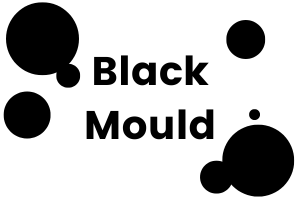
Black mould, otherwise known as toxic mould, releases mycotoxins from its spores. These mycotoxins, when inhaled, can cause memory loss, nosebleeds, headaches, bodily pains and mood swings.
Black mould is commonly found in homes as a result of poor air circulation and warm temperatures.

Cladosporium is more often found outdoors than inside buildings, but since its spores are wind-dispersed, they can enter your building through open doors and windows. It is hyperparasitic to rust fungi and the two can feed off each other forever if left untreated.
This type of mould grows on moist surfaces and cause allergy symptoms. Its colouring is usually olive-green or brown and is typically found on different materials in your workplace.

Penicillium is the type of mould you find on decomposing food. It is often white but can become cyan, grey, olive, yellow or pinkish over time. It is one of the fastest-growing mould species, at a rate of 3-4 days and can cause allergy-like symptoms, if its spores are inhaled.
Learning how to prevent some mould species is more challenging than others.
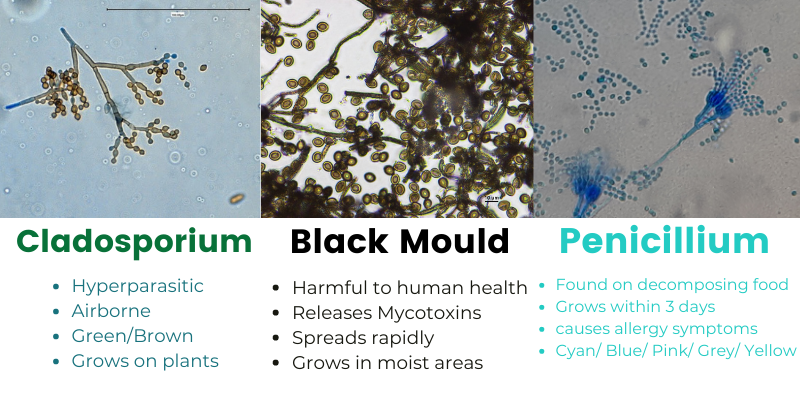
How to prevent mould
There are a few simple measures you can implement in your workplace that will prevent mould. The primary long-term solutions to mould reduction are ventilation and moisture control.
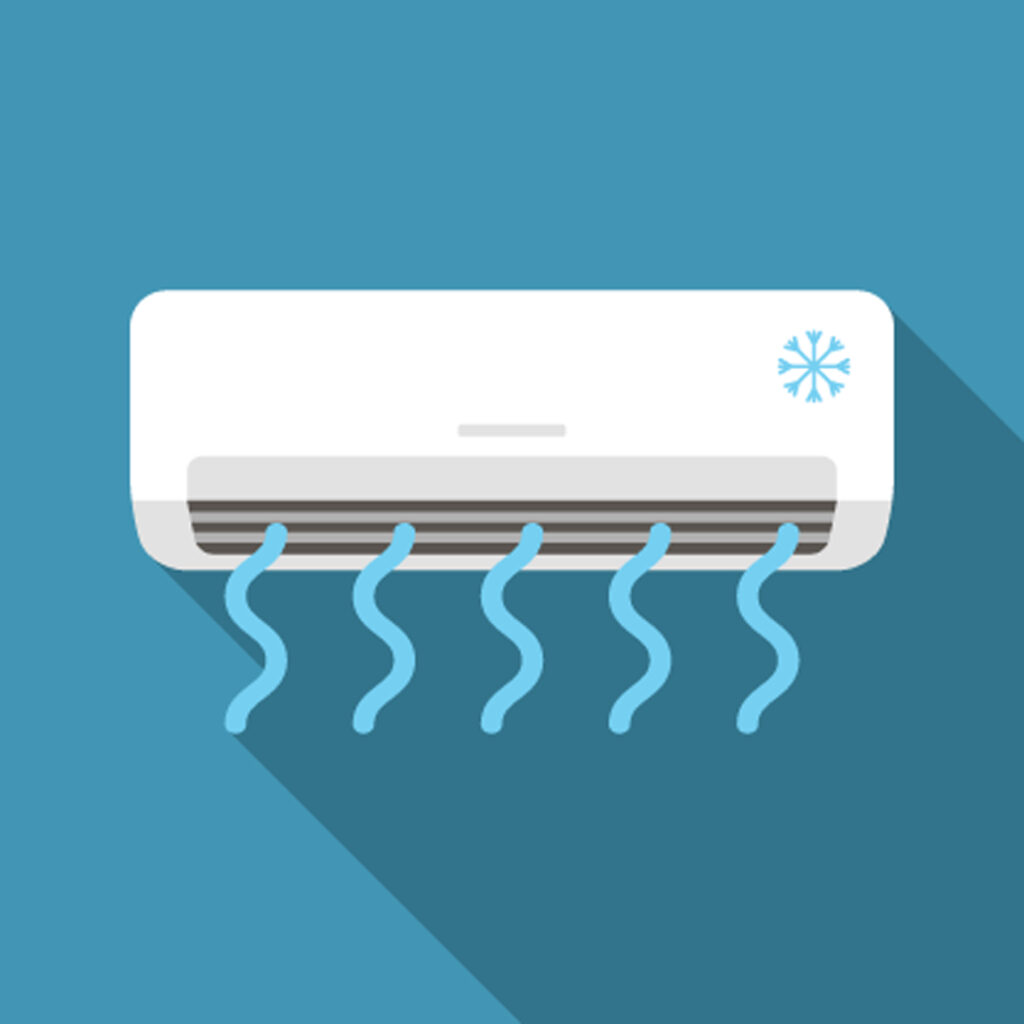
Ventilation & Moisture Control
Mould thrives in wet and warm environments, which is why mould is grown in Petri dishes for testing in laboratories. Hot water tanks are particularly susceptible to mould growth due to their inner environmental conditions.
To answer the question of how to prevent mould in your water tank, you should ensure your tank is regularly cleaned, and disinfected, and has no cracks or points of deterioration that can allow bacteria to collect and grow in.
Furthermore, outside of your water tank, the best ways to achieve moisture control and sufficient ventilation is to upgrade the insulation of your doors and windows, repair any gaps that moisture may be able to enter through and install an air conditioner.
An air conditioner will essentially suck up all the moisture in the air and purify it in the process. This will not only rid the mould spores from the air but hinder any remaining stragglers from feeding on the moisture.
If you have an air conditioner that is no longer effectively cooling and purifying the air, you should have your air conditioner repaired to ensure optimal performance in reducing mould.
Black mould spreads like wildfire and will infect any nearby fabrics, wood, paper, and plastic equipment. So, to avoid this problem in the future, install an air conditioner and prevent moisture ingress at its sources.
- Clean your carpets
Over time, vacuuming will not be enough to properly clean your carpet. There are hundreds of millions of fibres in your carpet that each harbour dirt, bacteria, and mould spores, which are ejected into the air as you walk.
If your rooms smell musty or your carpets haven’t been cleaned for a while, ensure to have a professional clean them for you. There’s likely mould growing somewhere in it.
- Throw away old food
The mould from your old food will spread to the surface it sits on. So it’s important to throw away old food and thoroughly disinfect the area, to fully rid of mould spores that will continue to grow in the absence of food.
- Apply protective coating to metal structures
Whether you work surrounded by scaffolding or use metallic equipment, these features will be susceptible to rust, which is hyperparasitic to Penicillium mould. This essentially means that the two feed off each other, enhancing degradation and worsening the problem.
The protective coating will prevent rust, and stop mould from attaching itself to it.
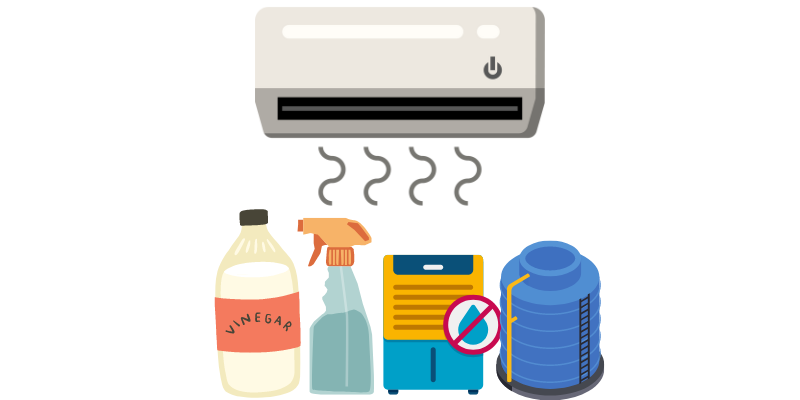
How to stop mould
Now that we have covered how to prevent mould and methods of identifying mould types, we’ll discuss how to stop mould from growing in your workplace, to begin with. It is important to know the difference between how to prevent mould and how to stop mould because prevention is the preliminary measure, and stopping is the action after the damage is done.
- Apply White Vinegar
White vinegar is highly acidic and can dissolve minerals, dirt, grease, and mould, even in diluted solutions. Applying watered-down vinegar to the affected area will remove mould and any remaining spores.
Vinegar solutions are effective for small areas that aren’t completely black with mould but may be less effective for large spaces that are quite literally dripping with moisture.
- Use Fungicidal Wash
A fungicidal wash is a cleaning solution designed to stop mould in its tracks and disinfect the area.
- Increase Ventilation & Moisture Control
Although we already discussed this as a method of how to prevent mould, increasing the level of ventilation and moisture control in your building is a great way to stop mould growth while it’s progressing.
So, if you already have mould in your workplace, don’t worry, it’s not too late, you can still introduce environmental changes that will hinder mould growth considerably.
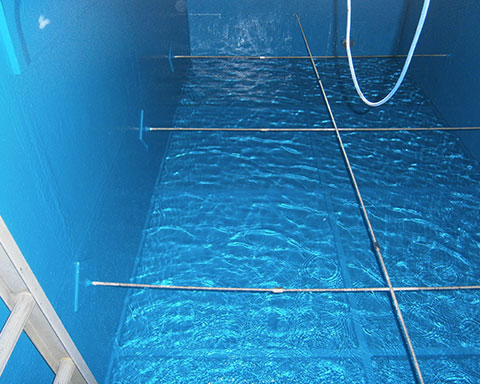
Install Water Tank Lining
If you’re concerned about the level of mould in your water tank, installing water tank lining will put a stop to the rate at which mould grows in your tank, and will considerably hinder it from doing so.
Here at COVAC, we install water tank linings to all types of tanks using our Acothane DW solution, which prevents the deterioration of your water tank and suppresses the build-up of mould, natural sediment, and algae in the water.
Water tank lining helps to prevent mould and legionella development, which can be equally detrimental in warehouses and workplaces.
Contact us now to find out how to prevent mould in your water tank, and book an initial consultation with us for water tank lining installation in your business!
Prevent mould in the workplace with the help of COVAC now!





